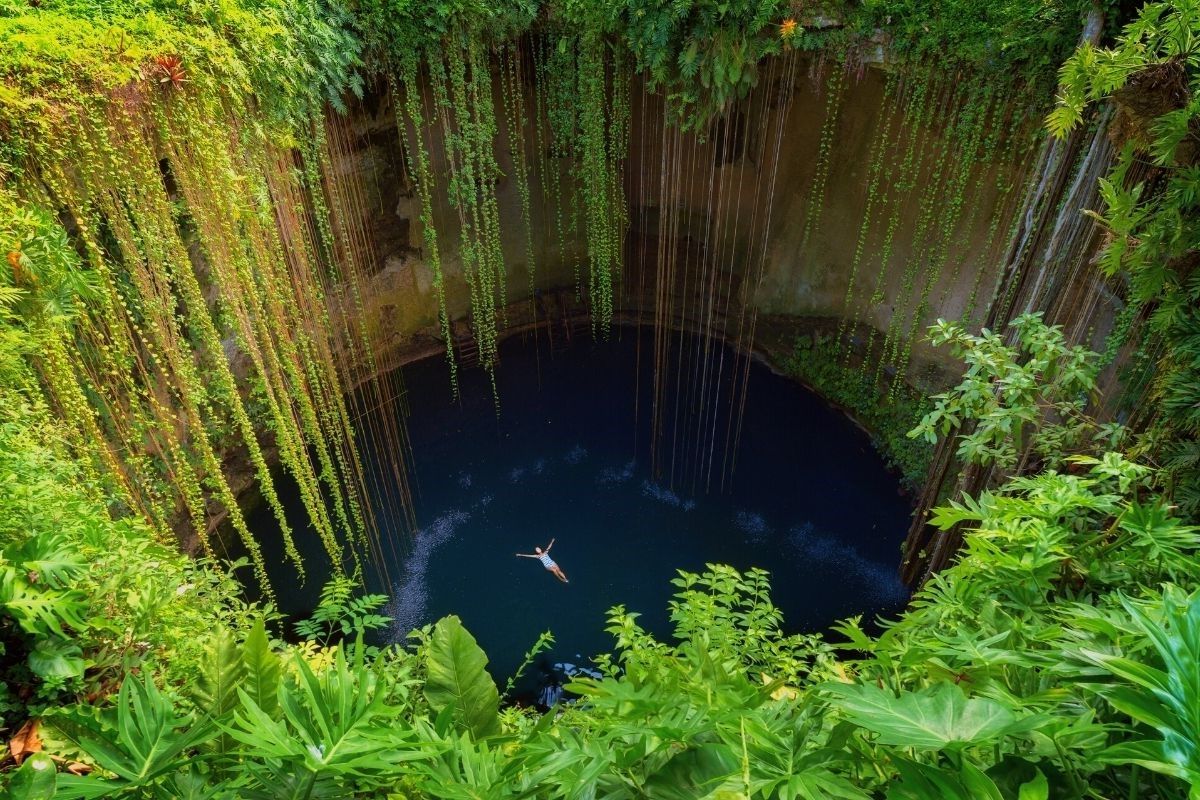Hidden Gems Of Mexico’s Flora And Their Secret Locations

Mexico is home to some of the most diverse and beautiful plants in the world. From vibrant cacti in the deserts to lush tropical flowers in the rainforests, the country's flora offers something for every nature lover. But where can you find these hidden gems? Hidden gems of Mexico's flora can be found in places like the Sierra Madre mountains, the Yucatán Peninsula, and the Baja California desert. Each location boasts unique plant species that you won't see anywhere else. Whether you're an avid botanist or just someone who loves nature, exploring these secret spots will leave you in awe. Ready to discover the beauty of Mexico's plants? Let's dive into these secret locations and see what makes them so special.
Discovering Mexico's Hidden Flora Gems
Mexico, a land of vibrant culture and rich history, also boasts an incredible variety of plant life. From lush jungles to arid deserts, this country offers a treasure chest of hidden floral gems waiting to be explored. Here are some secret locations where you can find Mexico's unique flora.
Enchanting Forests
Mexico's forests are home to some of the most unique plant species in the world. These hidden spots offer a glimpse into the country's diverse ecosystems.
Sierra Gorda Biosphere Reserve
- Located in Querétaro, this reserve is a biodiversity hotspot. It features cloud forests, tropical rainforests, and oak-pine forests. Look out for the rare Magnolia dealbata and the Cyathea mexicana tree fern.
El Triunfo Biosphere Reserve
- Nestled in Chiapas, this reserve is a sanctuary for many endangered plant species. The cloud forest here is home to the Podocarpus matudae, a rare conifer, and the Chiranthodendron pentadactylon, also known as the Devil's Hand tree.
Desert Wonders
Mexico's deserts are not just barren landscapes; they are teeming with life. Discover the unique flora that thrives in these arid regions.
Cuatro Ciénegas
- Situated in Coahuila, this desert valley is famous for its unique aquatic plants and endemic species. The Astrophytum asterias, a star-shaped cactus, and the Echinocactus grusonii, also known as the Golden Barrel cactus, can be found here.
Valle de los Cirios
- Located in Baja California, this valley is named after the Fouquieria columnaris, or Boojum tree, which looks like an upside-down carrot. The area also hosts the Pachycereus pringlei, the world's tallest cactus.
Coastal Marvels
Mexico's coastal regions are not only about sun and sand. They also harbor unique plant species that thrive in salty, sandy environments.
Sian Ka'an Biosphere Reserve
- Found in Quintana Roo, this coastal reserve is a UNESCO World Heritage site. It features mangroves, marshes, and tropical forests. Look for the Rhizophora mangle, a red mangrove, and the Thrinax radiata, a native palm.
El Vizcaíno Biosphere Reserve
- Located in Baja California Sur, this reserve is a mix of desert and coastal ecosystems. The Lophocereus schottii, known as the Senita cactus, and the Agave datylio, a type of agave, are some of the unique plants found here.
Mountainous Retreats
The mountainous regions of Mexico offer a different kind of flora, adapted to cooler climates and higher altitudes.
Pico de Orizaba National Park
- Situated in Veracruz and Puebla, this park surrounds Mexico's highest peak. The alpine meadows and pine forests here are home to the Abies religiosa, a type of fir tree, and the Pinus hartwegii, a high-altitude pine.
La Malinche National Park
- Found in Tlaxcala and Puebla, this park features a dormant volcano and diverse plant life. The Quercus rugosa, a type of oak, and the Alnus jorullensis, a species of alder, thrive in this cooler climate.
Hidden Valleys
Mexico's hidden valleys are often overlooked but offer a rich variety of plant life, from lush greenery to rare species.
Valle de Bravo
- Located in the State of Mexico, this valley is known for its temperate forests and lakes. The Cupressus lusitanica, a type of cypress, and the Pinus pseudostrobus, a native pine, can be found here.
Valle de Tehuacán-Cuicatlán
- Situated in Puebla and Oaxaca, this valley is a UNESCO World Heritage site. It hosts a unique mix of desert and tropical plants, including the Neobuxbaumia tetetzo, a tall cactus, and the Mammillaria pectinifera, a small, rare cactus.
Discover Mexico's Hidden Floral Treasures
Mexico's hidden floral gems offer a unique experience for nature lovers. From the vibrant Mexican marigold to the rare Dahlia imperialis, each plant tells a story. Exploring these secret locations, like the Sierra Gorda Biosphere Reserve or the Sumidero Canyon, reveals the country's rich biodiversity. These spots are not just about the plants; they also offer breathtaking landscapes and a chance to connect with nature.
Visiting these places supports local conservation efforts. It helps preserve these beautiful plants for future generations. So, next time you plan a trip, consider adding these hidden floral treasures to your itinerary. You'll not only enjoy stunning views but also contribute to protecting Mexico's natural heritage. Happy exploring!

